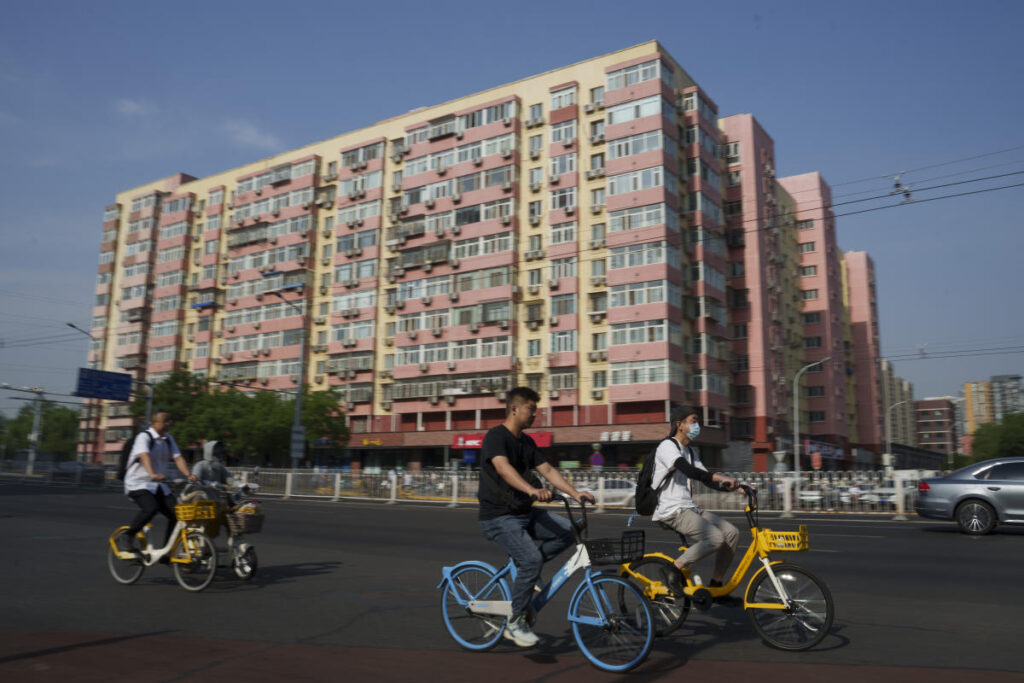Mixed Signals from China’s Factory Sector in June as Economic Growth Struggles to Gain Momentum
China’s manufacturing activity in June paints a nuanced picture of the country’s economic health, suggesting a cautious but wobbly recovery trajectory. Surveys from both government and private-sector sources illustrate contrasting outlooks, yet they converge on a central theme: the world’s second-largest economy is growing, but at a tepid pace that leaves room for concern.
Government PMI: Stagnation or Stability?
The official Purchasing Managers’ Index (PMI), released by the China Federation of Logistics and Purchasing, lingered at 49.5 for June. Importantly, this metric, where a reading below 50 indicates contraction, mirrors May’s performance, underscoring an economy that is, at best, stabilizing rather than accelerating.
Zhao Qinghe, a senior statistician from the National Bureau of Statistics, corroborated this assessment via the state-run Xinhua News Agency, noting, "From the perspective of output, China’s economy is maintaining expansion, but the momentum of recovery still needs to be consolidated."
Export Orders Under Pressure
The PMI for new export orders declined slightly to 49.4 from 49.6, a potential reflection of external pressures. Notably, the European Union and the United States have announced plans to increase tariffs on imports of electric vehicles from China, further complicating the international trade landscape for Chinese exporters.
Private Sector Optimism Tempered by Caution
In contrast, a private-sector survey conducted by the financial media group Caixin provided a more optimistic narrative. Their PMI edged up to 51.8 from 51.7 in the previous month, marking the fastest growth in factory output in two years. Analysts had anticipated a decline, rendering the marginal increase a welcome surprise. However, even this rosier picture was tempered by a drop in purchasing managers’ confidence to its lowest level in over four-and-a-half years, indicative of concerns about intense competition and uncertain market conditions.
Real Estate and High-Tech Manufacturing
One area that remains shrouded in uncertainty is the property sector. Despite measures like cutting mortgage interest rates and reducing down payments designed to revive this crucial part of the economy, the impact remains questionable. Capital Economics summarized the sentiment: “The PMIs for June were mixed but on balance suggest that the recovery lost some momentum last month.”
On a more positive note, the PMI for high-tech manufacturing increased to 52.3 in June from 50.7 in May. This uptick is a testament to the government’s sustained efforts to bolster advanced industries like computer chips and electric vehicles. "This shows that the transformation and upgrading of China’s manufacturing industry has continued to advance," Zhao noted.
Strategic Direction and Upcoming Reforms
Economic revival and high-tech industry growth are expected to dominate the agenda of an upcoming meeting of top officials of the ruling Communist Party, set to take place later this month. As reported by Xinhua, the meeting will reveal a new series of “deep and comprehensive reforms.” These measures are anticipated to "chart the course forward for the world’s second-largest economy," aiming to stabilize and perhaps invigorate the sluggish recovery.
Conclusion
In sum, China’s factory sector is sending mixed signals. While manufacturing output shows signs of growth, external pressures and domestic uncertainties continue to challenge robust economic advancement. As the country’s leadership prepares for pivotal meetings, the global community will be watching closely for signs of how China intends to navigate these turbulent economic waters.
Stay tuned for further updates as we monitor the outcomes of these developments and their implications for the global economy. For more information, visit China Federation of Logistics and Purchasing.
